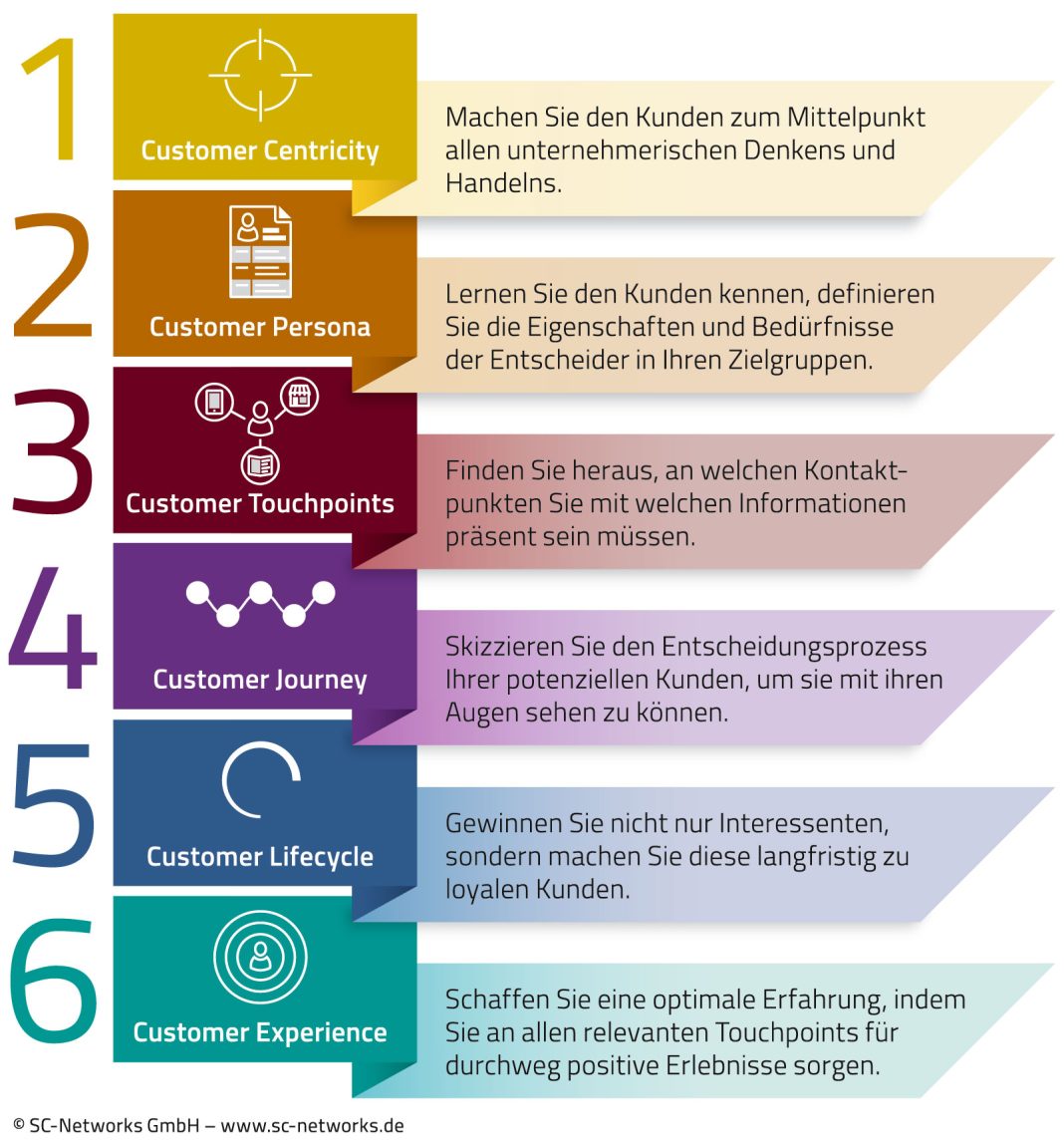 Wardrobing: A Growing Retail Fraud Trend During the Summer Season
Wardrobing: A Growing Retail Fraud Trend During the Summer Season
During the summer season, a particular type of retail fraud known as “wardrobing” sees a significant increase. Wardrobing occurs when a shopper purchases an expensive item, wears it with the tags on, and then returns the product for a refund. This trend is particularly prevalent as shoppers prepare their wardrobes for summer vacations. According to Optoro, a returns management software company, wardrobing and overall return rates spike by two-to-three times from July to September.
Amena Ali, CEO of Optoro, highlights the fine line between habitual returners and fraudsters during this time. Swimwear alone makes up between 5% and 15% of returns, with 40% of 18-to-29-year-olds participating in wardrobing, according to Optoro data.
The challenge for retailers lies in handling the returned items effectively. Quick and thorough inspection and restocking are crucial for seasonal items like cruisewear and swimwear to retain as much value as possible before the season ends. Time sensitivity is key in combating fraud, as catching it in the moment or even before it happens is ideal.
Delay in the return process can lead to significant markdowns or the need to send items to secondary retail channels such as TJ Maxx or discounters. Ali emphasizes the importance of preventing worn items returned from slipping through the cracks to the next customer, as protecting brand perception and customer loyalty is paramount.
Scot Case, executive director of the Center for Retail Sustainability at the National Retail Federation, acknowledges that wardrobing can drive up costs and waste for retailers if the product cannot be resold. Some retailers address this issue by reducing the time frame for returns, eliminating free returns, or requiring in-store returns for examination before issuing refunds.
To effectively manage returns, identify fraud, and quickly restock products, companies like Best Buy, Gap, and American Eagle Outfitters utilize Optoro’s reverse logistics artificial intelligence software. This approach minimizes the need for discounting, as turning products quickly is crucial to maximizing profitability.
Stephen Lamar, CEO of the American Apparel and Footwear Association, highlights the significance of returns in the era of e-commerce. Companies are increasingly deploying supply chain technology powered by AI to enhance the consumer experience and build a new circular market.
Transportation accounts for 30% of the cost associated with a return, according to Optoro. To reduce these costs, strategies like third-party drop-off locations and box-less, label-less returns are being implemented. AI and software can also reduce the number of touches on a returned product by 50%, streamlining the process.
Optoro data reveals that approximately 95% of goods that cannot be resold go to secondary channels, with only 5% ending up in a landfill or as donations. By implementing an end-to-end digitized return system using AI, retailers can identify trusted shoppers and restock like-new goods at full price. This leads to improved recovery rates for enterprise retailers, with some seeing a 5% to 45% increase depending on the brand.
The top three categories of returns for Optoro’s customers are kitchen and dining, men’s shoes, and women’s clothing. Return rates vary across categories and by brand or retailer, with some clients experiencing return rates as high as 40%. Clothing leads the return category at a 25% rate, followed by bags, accessories, and shoes.
On average, the value of a returned item for Optoro’s customers is $85, with the highest reported value being $200. Managing returns effectively and minimizing fraud is crucial for retailers to maintain profitability and customer satisfaction in the ever-evolving landscape of e-commerce.


